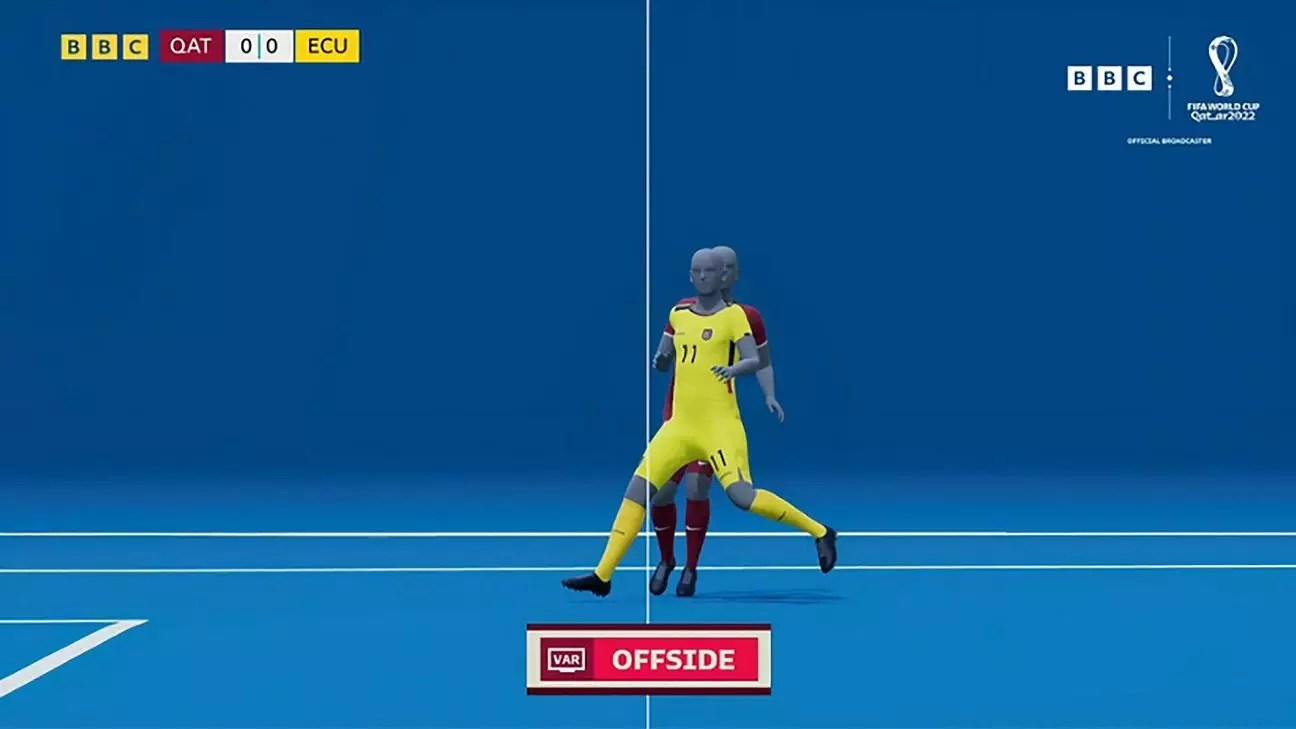The Premier League is set to revolutionize the way offside decisions are made with the introduction of semi-automated offside technology (SAOT) for the 2024-25 season. This move comes after over 12 months of testing various AI-based SAOT providers, following in the footsteps of UEFA and FIFA. But what exactly is SAOT, how does it work, and is it a game-changer for football fans and players alike?
Premier League clubs have unanimously agreed to implement SAOT, aiming to provide quicker and more consistent offside decisions based on optical player tracking. The new technology is expected to enhance the in-stadium and broadcast experience, with high-quality graphics ensuring a seamless viewing process for supporters. However, the transition from the current offside technology provider, Hawk-Eye, will require additional testing, delaying the full implementation of SAOT until after one of the autumn international breaks.
While SAOT promises increased accuracy in offside calls, there are concerns about potential changes in the number of disallowed goals. The shift to a more precise system could result in previously allowed goals being overturned, sparking debates among fans and experts. The move towards fully automated offside decisions raises questions about the reliability and consistency of the new technology, especially in critical match situations.
The adoption of SAOT is not without challenges, as evidenced by previous controversies in other leagues. Scepticism surrounding the system’s visualisation of offside decisions and delays in VAR reviews have raised doubts about the overall effectiveness of SAOT. As fans, players, and coaches express concerns about subjective elements in offside calls, the task of building trust in the new technology becomes crucial for the Premier League.
AI plays a pivotal role in driving the semi-automated process behind SAOT, with advanced tracking cameras capturing real-time data on player positions and ball movements. By eliminating human subjectivity in offside decisions, the Premier League aims to streamline the review process and boost confidence in the final rulings. The integration of AI technology is poised to transform how offside calls are made, offering a more efficient and accurate system for assessing player positions.
As the Premier League gears up for the implementation of SAOT, football fans can expect a more streamlined approach to offside decisions. While the transition to semi-automated technology may bring initial challenges and adjustments, the long-term benefits could revolutionize the way we perceive and understand offside calls in the sport. With the promise of increased accuracy and efficiency, the future of offside technology in the Premier League holds exciting possibilities for football enthusiasts worldwide.
The introduction of semi-automated offside technology marks a significant milestone in the evolution of football officiating. By leveraging AI and advanced tracking systems, the Premier League aims to enhance the accuracy and reliability of offside decisions, setting a new standard for transparency and efficiency in the sport. While there may be initial hurdles to overcome, the potential benefits of SAOT could reshape the way we experience and interpret offside incidents on the field. As fans eagerly anticipate the debut of SAOT in the 2024-25 season, the footballing world is poised for a transformative shift in how offside technology impacts the game.


Leave a Reply